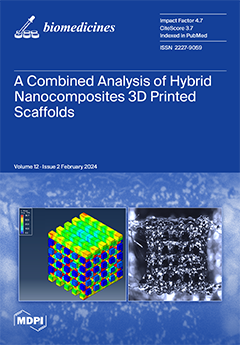Background: The
Small Nuclear Ribonucleoprotein Polypeptide N (
SNRPN) gene is a paternally expressed imprinted gene, whose abnormal methylation appears to be associated with syndromes associated with the use of assisted reproductive techniques (ART), such as Angelman and Prader–Willi. Data present in the literature suggest the association between aberrant sperm
SNRPN gene methylation and abnormal sperm parameters. The latest meta-analysis on the methylation pattern of this gene in spermatozoa of infertile patients published in 2017 reported a higher degree of methylation in the spermatozoa of infertile patients compared to fertile controls.
Objectives: Here we provide an updated and comprehensive systematic review and meta-analysis of the sperm methylation pattern of the
SNRPN gene in patients with abnormal sperm parameters/infertility compared to men with normal sperm parameters/fertile. For the first time in the literature, we performed a meta-regression analysis to evaluate whether age or sperm concentration could influence the methylation status of this gene at the sperm level.
Methods: This meta-analysis was registered in PROSPERO (n. CRD42023397056). The Preferred Reporting Items for Systematic Reviews and Meta-Analysis Protocols (PRISMA-P) and the MOOSE guidelines for meta-analyses and systematic reviews of observational studies were strictly followed in our meta-analysis. According to our Population Exposure Comparison Outcome (PECO) question, we included data from original articles assessing the levels of
SNRPN gene methylation at the sperm level in infertile patients or patients with abnormalities in one or more sperm parameters compared to fertile or normozoospermic men.
Results: Only six of 354 screened studies were included in the quantitative synthesis. Our analysis showed significantly higher levels of
SNRPN gene methylation in patients compared to controls. However, significant heterogeneity was found between studies. In sensitivity analysis, no studies were sensitive enough to skew the results. The Egger test showed no publication bias. In the meta-regression analysis, the results were independent of age and sperm concentration in the overall population. The same results were found in the control group. However, when analyzing the patient group, a direct correlation was found between
SNRPN methylation and age, indicating that the degree of methylation of the
SNRPN gene increases with advancing age.
Conclusions: Fertility status or abnormality of sperm parameters is associated with a change in the methylation pattern of the
SNRPN gene, with higher levels found in infertile patients or those with abnormal sperm parameters compared to fertile men or men with normal sperm parameters. In the group of infertile patients/patients with abnormal sperm parameters, age was directly correlated to the degree of
SNRPN methylation, highlighting the presence of a mechanism that explains the age-related altered sperm quality and the risk of ART. Despite some limitations present in the analyzed studies, our results support the inclusion of
SNRPN methylation in the genetic panel of prospective studies aimed at identifying the most representative and cost-effective genes to analyze in couples who want to undergo ART.
Full article






